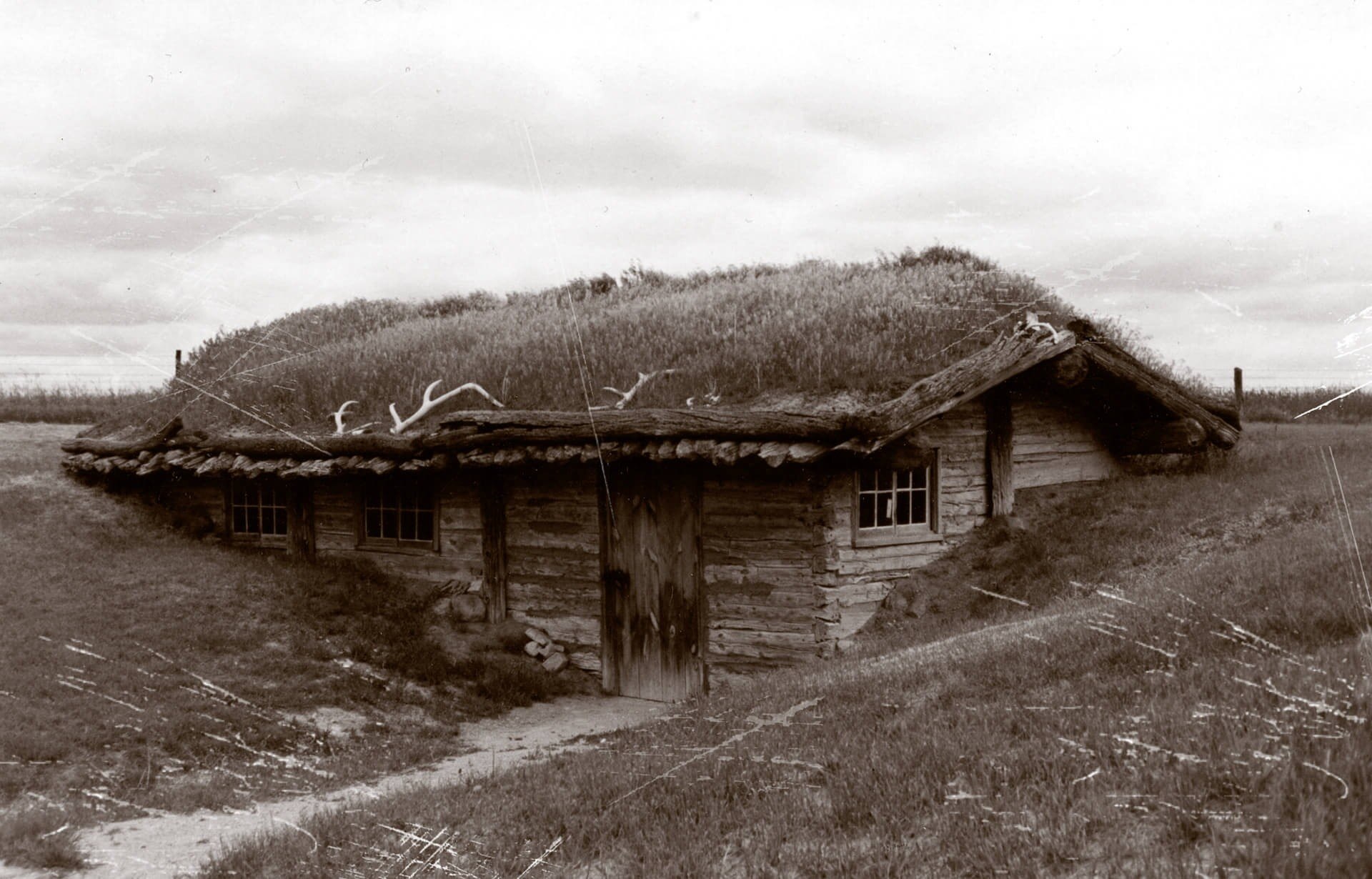Hidden Fur Trading Posts Of Wisconsin

Have you ever wondered about the hidden history of fur trading posts in Wisconsin? These spots played a crucial role in shaping the region's economy and culture. Imagine stepping back in time to the 17th and 18th centuries when trappers and traders exchanged pelts for goods. These posts were bustling hubs of activity, where Native Americans and European settlers met, traded, and shared knowledge. Today, many of these locations remain off the beaten path, waiting for curious explorers to uncover their stories. Ready to learn more about these fascinating places? Let's dive into the rich history of Wisconsin's fur trading posts.
Hidden Fur Trading Posts of Wisconsin
Wisconsin's history is rich with tales of fur traders and their hidden posts. These spots, often tucked away in scenic locations, played a crucial role in the state's development. Let's explore some of these fascinating places.
1. Prairie du Chien
Prairie du Chien, located along the Mississippi River, was a significant hub for fur trading. The French established it in the late 17th century. Traders exchanged goods with Native American tribes, creating a bustling market. Today, you can visit the Villa Louis Historic Site to get a glimpse of this vibrant past.
2. Green Bay
Green Bay, known for its football team, also has a rich fur trading history. Jean Nicolet, a French explorer, arrived here in 1634. The area quickly became a trading center. The Heritage Hill State Historical Park offers a detailed look at the fur trade era with reconstructed buildings and exhibits.
3. La Pointe
La Pointe, on Madeline Island, was a key trading post in the 17th and 18th centuries. French traders and the Ojibwe people exchanged furs and goods here. The Madeline Island Museum showcases artifacts and stories from this period, providing a window into the island's trading past.
4. Fort Winnebago
Fort Winnebago, near Portage, served as a strategic trading post in the early 19th century. It connected the Fox and Wisconsin Rivers, facilitating trade routes. The Fort Winnebago Surgeons Quarters Historic Site preserves this history with original buildings and informative displays.
5. Milwaukee
Milwaukee, now a bustling city, started as a fur trading post. French-Canadian traders established it in the early 19th century. The Milwaukee Public Museum features exhibits on the city's fur trading roots, highlighting the interactions between traders and Native American tribes.
6. Menominee River
The Menominee River area was a vital trading route for French and British traders. It served as a natural boundary between Wisconsin and Michigan. The Menominee Range Historical Foundation Museum in Iron Mountain, Michigan, offers insights into the fur trade activities along this river.
7. Chippewa Falls
Chippewa Falls, located along the Chippewa River, was another significant trading post. French traders and the Chippewa people engaged in fur trade here. The Chippewa Valley Museum provides a comprehensive look at the region's trading history with exhibits and artifacts.
8. Portage
Portage, named for the portage between the Fox and Wisconsin Rivers, was a crucial trading spot. Traders used this route to transport goods between the Great Lakes and the Mississippi River. The Historic Indian Agency House in Portage offers tours and exhibits on the area's trading history.
9. Wausau
Wausau, situated on the Wisconsin River, was a prominent trading post in the 19th century. French traders and Native American tribes exchanged furs and goods here. The Marathon County Historical Society in Wausau features exhibits on the fur trade and the area's early settlers.
10. Eau Claire
Eau Claire, located at the confluence of the Chippewa and Eau Claire Rivers, was a key trading post. French traders and the Ojibwe people conducted trade in this area. The Chippewa Valley Museum in Eau Claire offers a detailed look at the region's trading history with interactive exhibits.
11. Ashland
Ashland, on the shores of Lake Superior, was an important fur trading post. French traders and the Ojibwe people exchanged goods here. The Ashland Historical Society Museum showcases artifacts and stories from the fur trade era, providing a glimpse into the area's past.
12. Stevens Point
Stevens Point, located along the Wisconsin River, was a notable trading post in the 19th century. French traders and Native American tribes engaged in fur trade here. The Portage County Historical Society in Stevens Point offers exhibits on the fur trade and the area's early history.
Discovering Wisconsin's Hidden Fur Trading Posts
Exploring Wisconsin's hidden fur trading posts offers a unique glimpse into the state's rich history. These sites, often tucked away in scenic locations, tell stories of early settlers, Native American tribes, and the bustling trade that once thrived here. Visiting places like Fort Winnebago Surgeons Quarters or Heritage Hill State Historical Park provides a tangible connection to the past. Each post has its own tale, showcasing the diverse interactions and exchanges that shaped Wisconsin.
Whether you're a history buff or just curious, these hidden gems are worth the trip. They offer educational experiences, beautiful landscapes, and a chance to step back in time. Next time you're in Wisconsin, take a detour to one of these trading posts. You'll leave with a deeper appreciation for the state's heritage and the people who lived and traded there.

